August 26, 2025
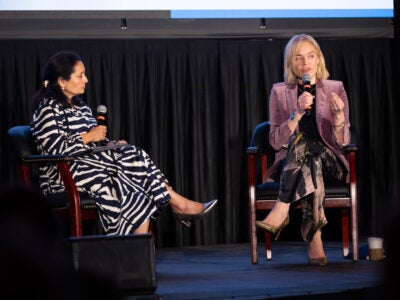
International Symposium on Online Journalism
A program of the Knight Center for Journalism in the Americas at the University of Texas at Austin

Q&A | March 1, 2010
One of the best parts of the International Symposium on Online Journalism is the fact that aside from professional journalists and academics, the event also brings individuals from the marketing side of the industry. Earl Wilkinson is one of those individuals. The executive director and CEO of the International Newsmedia Marketing Association, Wilkinson took the … Read More

Business Models | February 26, 2010
For all the talk of how online journalism is affecting individual journalists, newspapers and other media organizations, there is one entity that often is left out: the public broadcast system. Canada is trying to change that. An innovative initiative aimed at creating a wiki page for Canadian music is shedding new light on the … Read More

Engagement | February 24, 2010
Amidst all the talk of the demise of newspapers and the reports on newspaper closures and the failures of journalism, sit the academics. When a story is written about the collapse of a media organization, it is written by professional journalists within the industry. But, in the background, university academics analyze the situation, research it … Read More

Research | February 22, 2010
The 2010 International Symposium on Online Journalism will be a record-breaking one for the eleventh year of the event. The research portion of the conference, which began in 2004, has seen a steady increase in participation, and 2010 featured the highest number of submissions ever. “We received over 40 submissions this year, and that just goes … Read More

Advertising | February 19, 2010
Preparations for the 11th annual International Symposium on Online Journalism are in full swing, and in just two short months, journalists, academics and the like will descend on Austin to discuss the ever-changing landscape of journalism in all its forms. For veterans of the symposium, one of the first things you’ll notice is that the … Read More
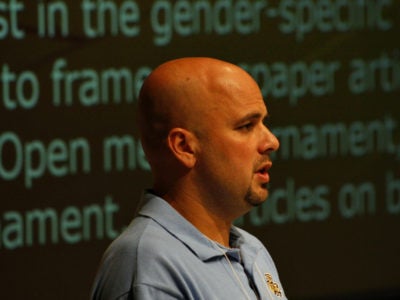
Engagement | April 18, 2009
Ted Kian presented his research at the 10th International Symposium on Online Journalism on how internet news coverage might create different frames for gender-related sports news. He said traditional sports news coverage frames women athletes as sex objects, trivializes their seriousness, and gives men’s sports more coverage than women’s sports. The internet presents an opportunity … Read More
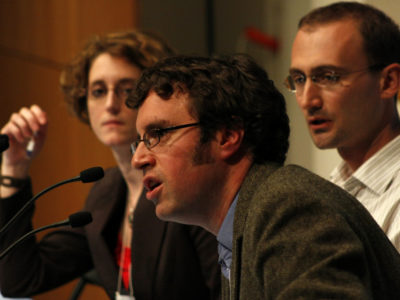
Citizen Journalism | April 18, 2009
How is citizen journalism understood? How does new technology help us understand our audience? These are questions Chris Anderson posed to the audience at the beginning of his panel during the 10th International Symposium on Online Journalism. Anderson looked at the relationship between a quantifiable audience (which can be measured in numbers, visits and clicks) … Read More
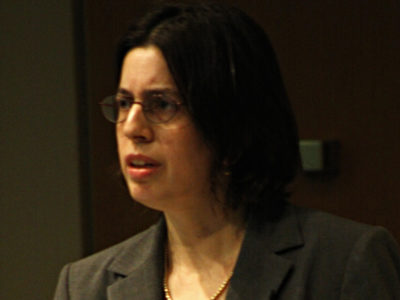
Research | April 18, 2009
Edith Manosevitch, a researcher from the Kettering Foundation, discussed her research paper “Readers’ Comments to Online Editorials as a Space of Public Deliberation.” She touched on the research that has been done before on UGC and the potential of online media. But she noted that there a scarcity of work on analysis of the content: … Read More

Research | April 18, 2009
From the University of Illinois at Urbana-Champaign, Dong Han presented his research paper “State Policy and News Websites in China” during the 10th International Symposium on Online Journalism. “They want to boost internet for the economy but at the same time control content,” he said. The core of the state regulation is licensing, or who … Read More
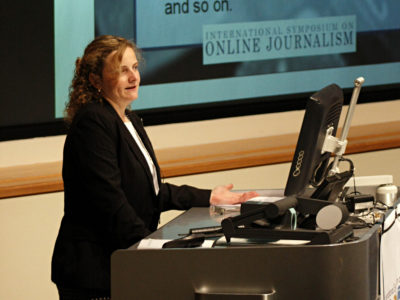
Citizen Journalism | April 18, 2009
The second panel of Saturday’s ISOJ covered “Citizen Journalism, User-Generated Content and Crowdsourcing: Who is Contributing to the Conversation and Why?” Academics from all over the United States and the world contributed information they had gathered on user interaction and how it affects journalism. User-generated content, or UGC, has been an interesting issue for online journalism.Cindy … Read More